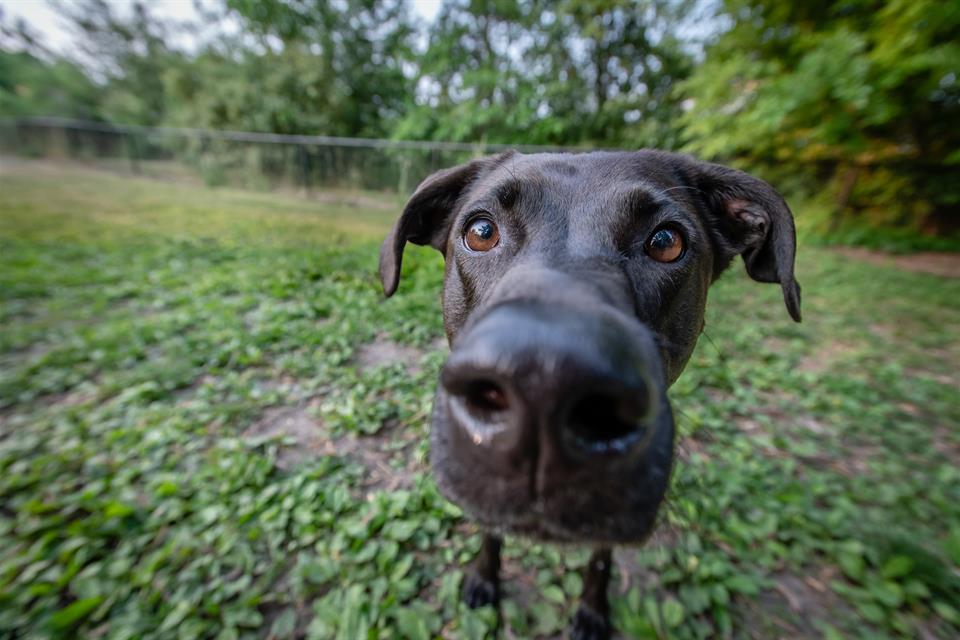Pet Waste Education

Pet Waste and Stormwater
Rainfall in Ann Arbor eventually drains into the Huron River, carrying with it pollutants like untreated dog waste that enter storm drains. Unlike water from toilets and sinks, stormwater is not treated before it flows into the river. This means that anything left on sidewalks, yards, or trails—including pet waste—can be swept into the watershed. As a result, dog waste contributes to nutrient pollution, introducing excessive nitrogen and phosphorus into the ecosystem. These nutrients can lead to harmful algal blooms, depleting oxygen levels, reducing biodiversity, and damaging riverbank vegetation. Over time, this degrades water quality and harms aquatic life. Every bit of waste left behind adds up, making everyday actions like picking up after your dog—both in your yard (especially before rain) and in parks or on walks crucial for the long-term health of our local environment.
Pet Waste and Health
The City of Ann Arbor is home to an estimated 23,000 dogs. According to the U.S. Environmental Protection Agency, each dog can produce up to three-quarters of a pound of waste per day. Collectively, that’s more than 17,000 pounds of waste daily across the city. Unfortunately, dog waste is more than just a nuisance—it poses serious environmental and health risks. It can carry harmful bacteria and parasites like salmonella, E. coli, Cryptosporidium, canine parvovirus, and roundworms, all of which can pose a danger to both humans and other animals. Left on the ground, waste can contaminate soil and water, creating pathways for disease transmission and threatening public health in neighborhoods, parks, and natural areas. Even healthy-looking dogs can carry these pathogens, making routine cleanup an important part of responsible pet ownership.
For information on laws and ordinances, go to the City of Ann Arbor's Unified Development Codes or the City of Ann Arbor's Animal Control page.
SUMMER GAMES CODE: ScoopThePoop

